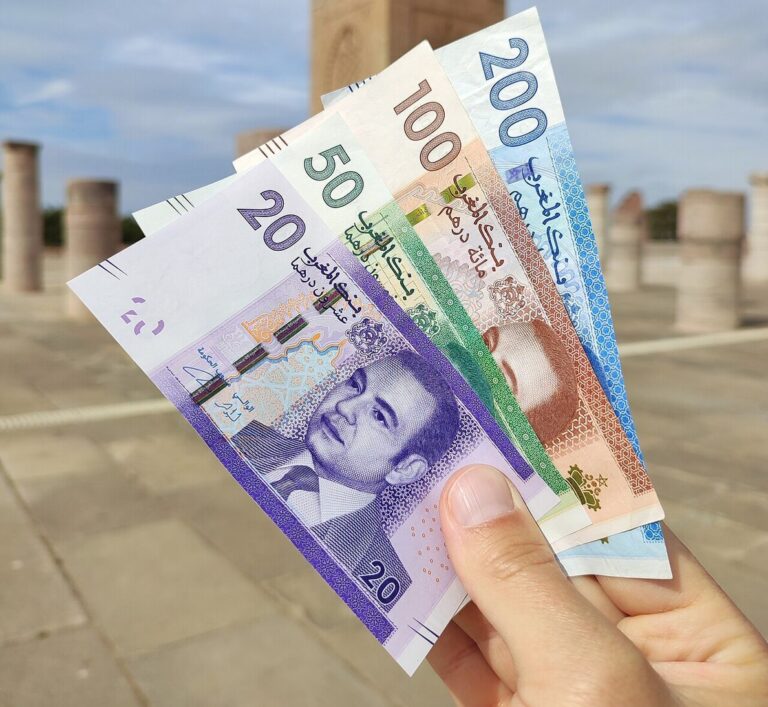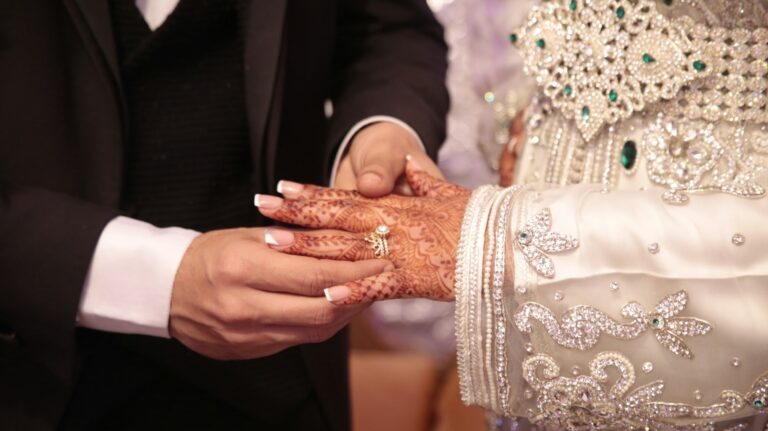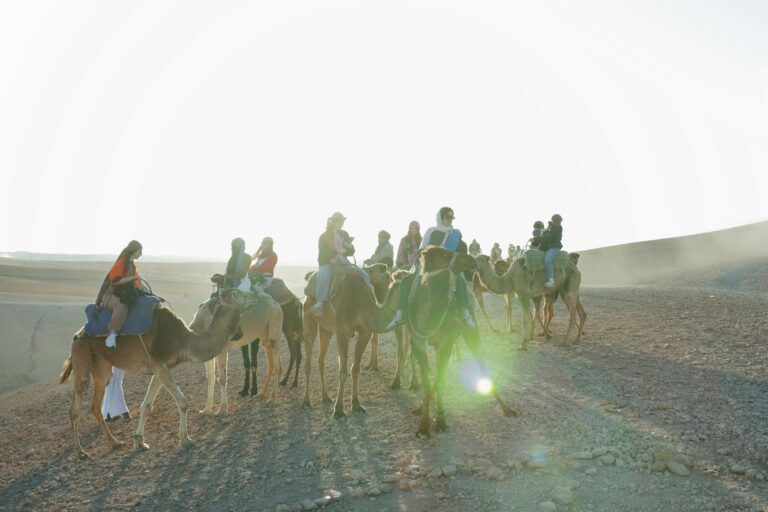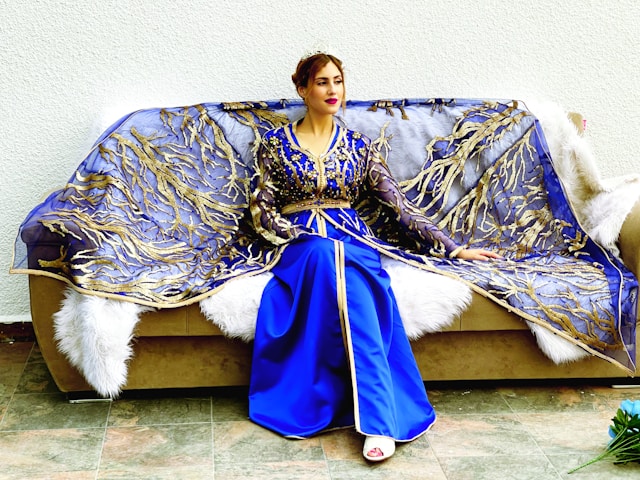
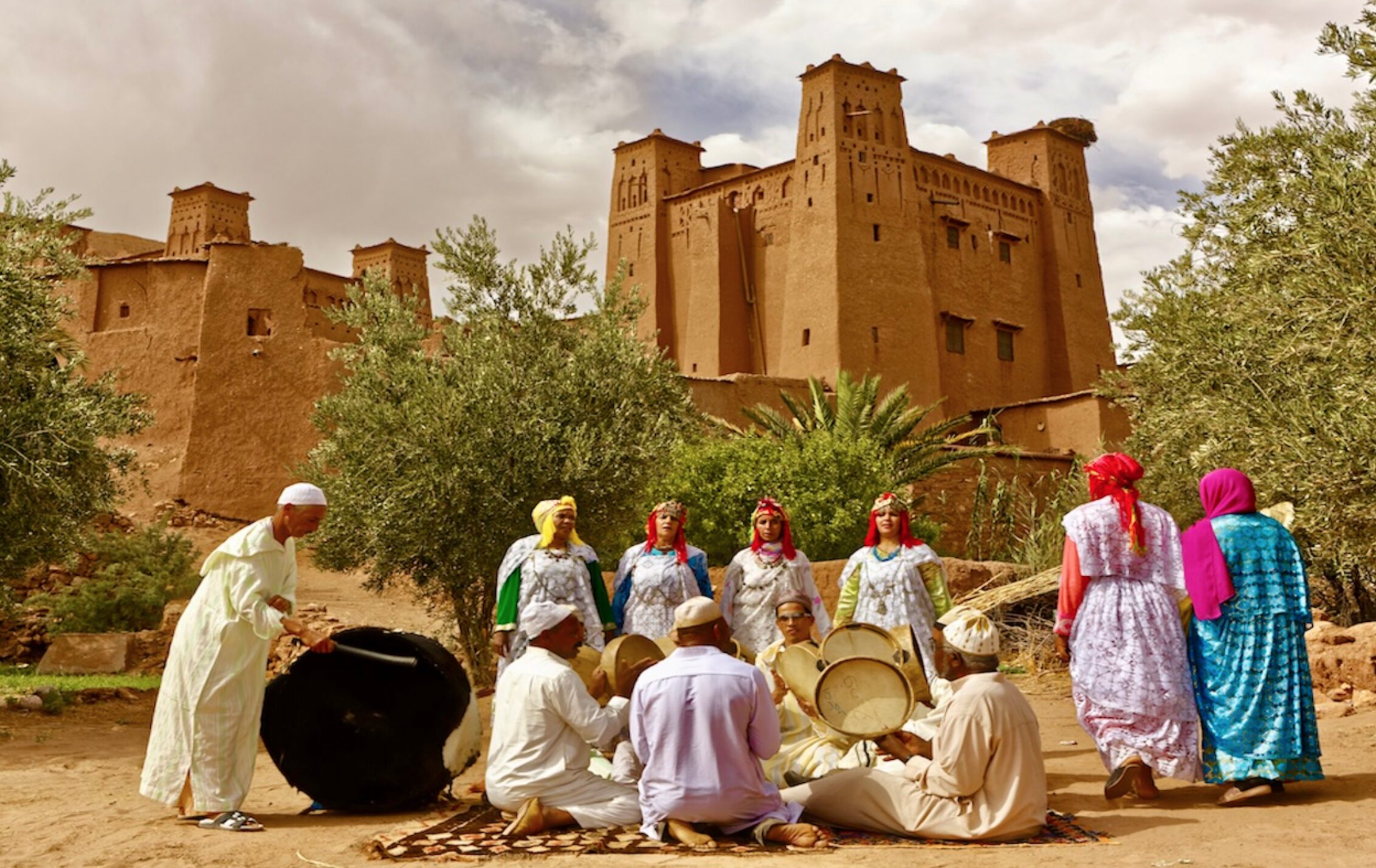
Morocco is a country where time feels like it flows in two directions. Ancient cities buzz with modern life, and centuries-old traditions thrive in the digital age. In this blog post, we’ll explore Moroccan traditions: between past and present, uncovering how this captivating country bridges history and modernity. Whether you’re planning your first visit or dreaming about a return trip, you’ll gain insights into Morocco’s culture, iconic sites, and timeless spirit.
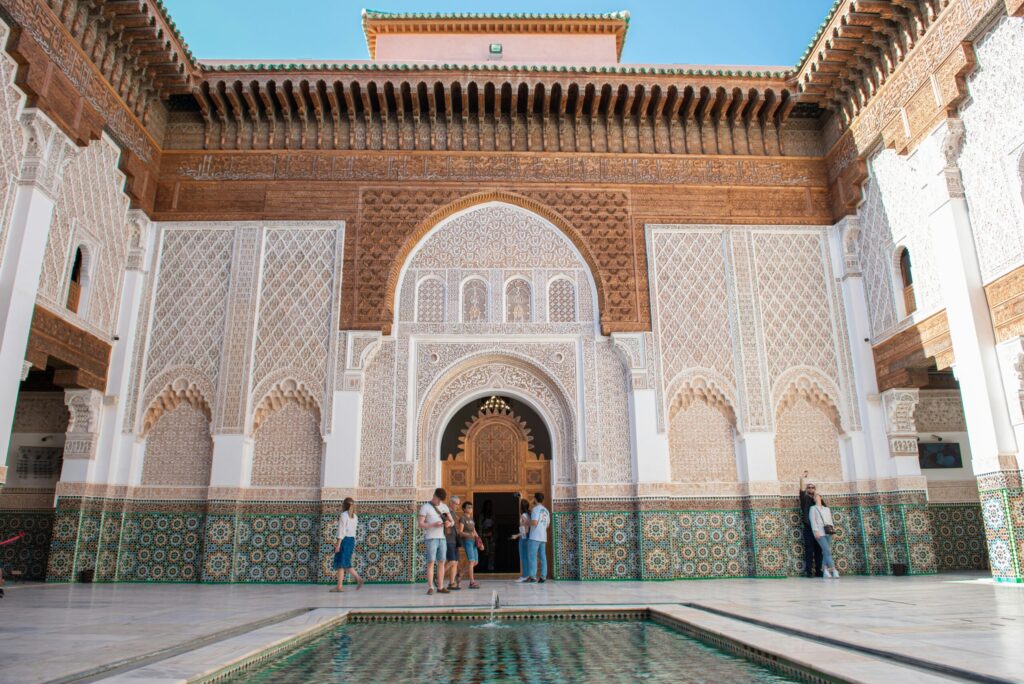
The Soul of Morocco: A Cultural Overview
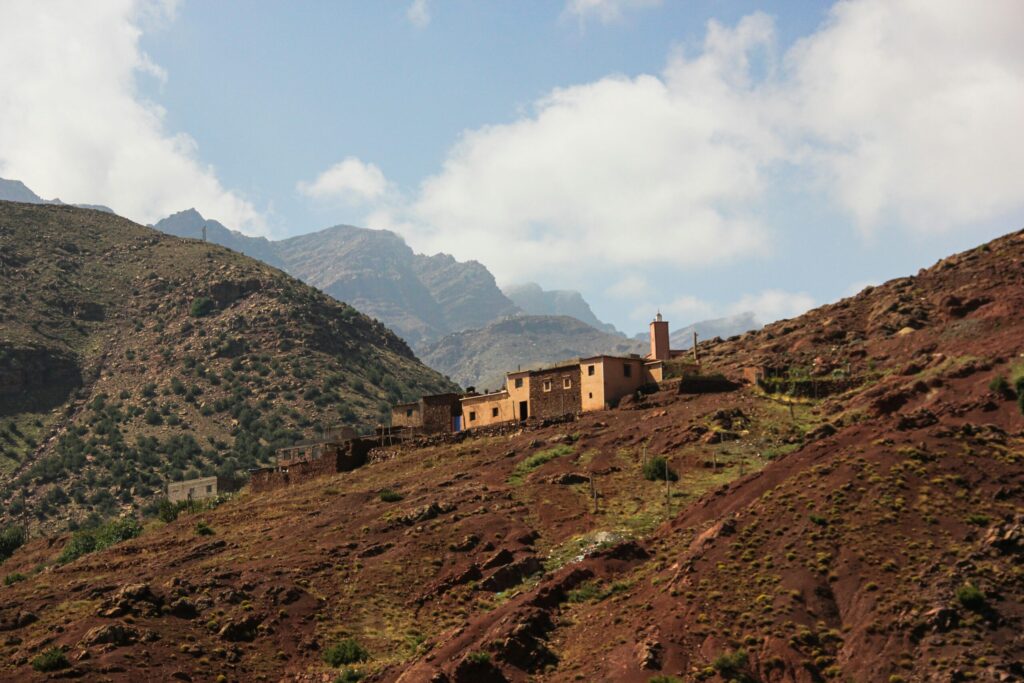
From the snow-dusted peaks of the Atlas Mountains to the vast Sahara dunes, Morocco is a country of incredible diversity—not just in landscapes but also in traditions, languages, and ways of life. The cultural richness of Morocco is shaped by Berber, Arab, Andalusian, and French influences, each leaving its imprint on everything from architecture to food to music.
At the heart of Moroccan life lies an unwavering respect for heritage. Traditional customs such as mint tea ceremonies, henna art, and souks (markets) remain deeply embedded in daily life, even as cosmopolitan cities like Casablanca and Marrakech embrace modernity.
Want to dive deeper? Start with the Culture of Morocco on Wikipedia to understand the foundations of Moroccan identity.
Top Experiences That Capture Moroccan Traditions
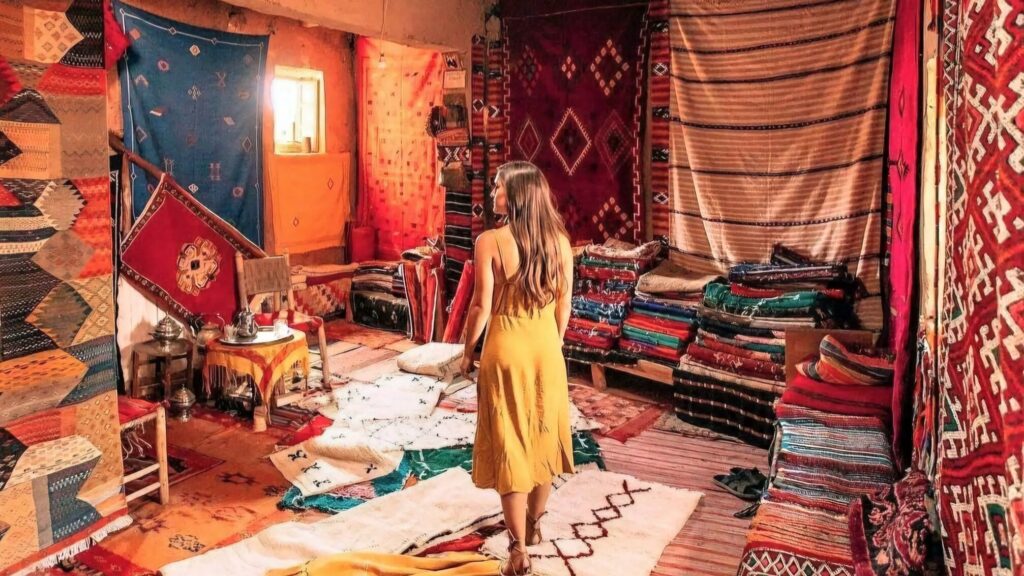
When exploring Moroccan traditions, a few key experiences bring the country’s cultural duality to life. Here are some must-sees that beautifully illustrate Moroccan traditions: between past and present.
1. Marrakech’s Medina and Modern Art Scene
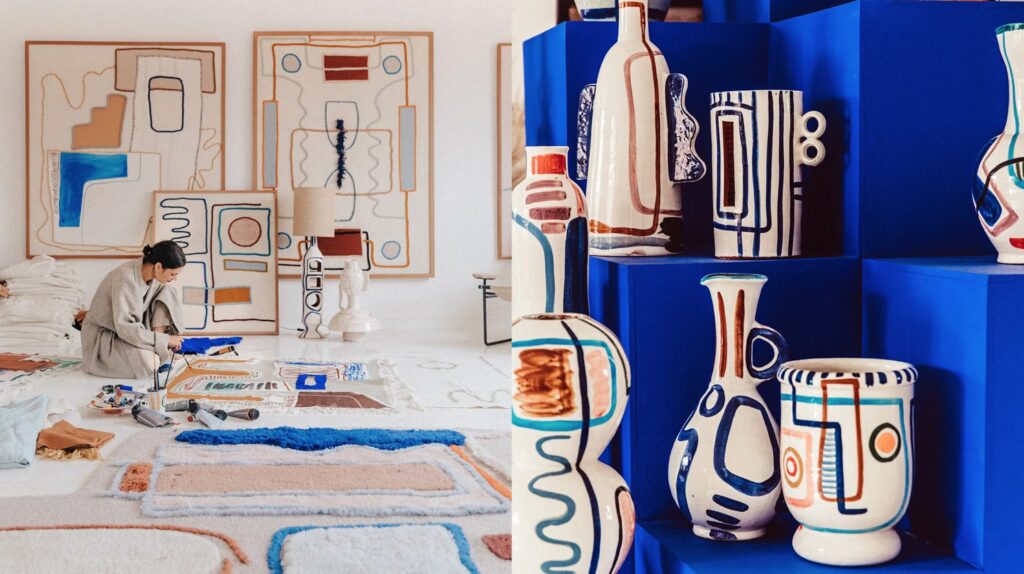
Step into the Marrakech Medina, a UNESCO World Heritage Site, and you’ll feel transported back in time. Labyrinthine alleys brim with spices, leather goods, and artisans practicing age-old crafts. Just minutes away, the city’s contemporary side emerges—boutique art galleries, rooftop cafés, and concept stores where old-world aesthetics meet modern design.
2. A Moroccan Hammam Experience
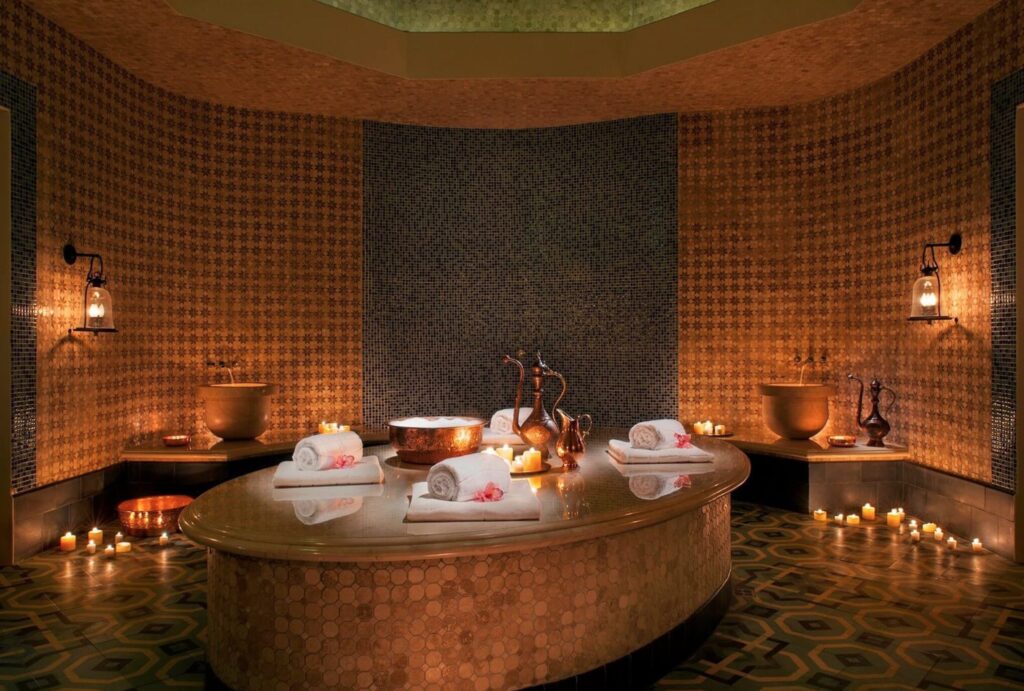
Public bathhouses, or hammams, are a cornerstone of Moroccan social life and wellness. Visitors can choose between traditional hammams frequented by locals or luxury versions in high-end riads. Either way, it’s a rejuvenating cultural ritual not to be missed.
3. Attending a Traditional Wedding or Festival
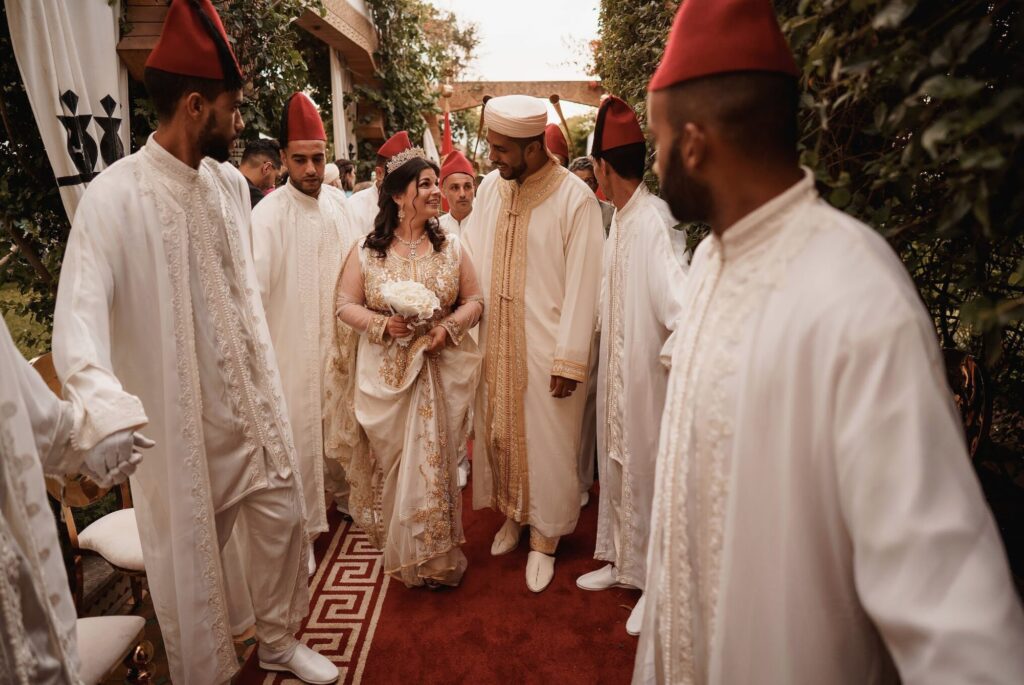
If your timing aligns, witnessing a traditional Moroccan wedding or attending festivals like Moussem of Tan-Tan offers rare insight into music, dance, attire, and community customs that have endured for generations.
Travel Tips and Cultural Insights
Understanding cultural etiquette and nuances will not only enrich your travel experience but also show respect to Moroccan locals. Here are a few important tips:
Dress Modestly
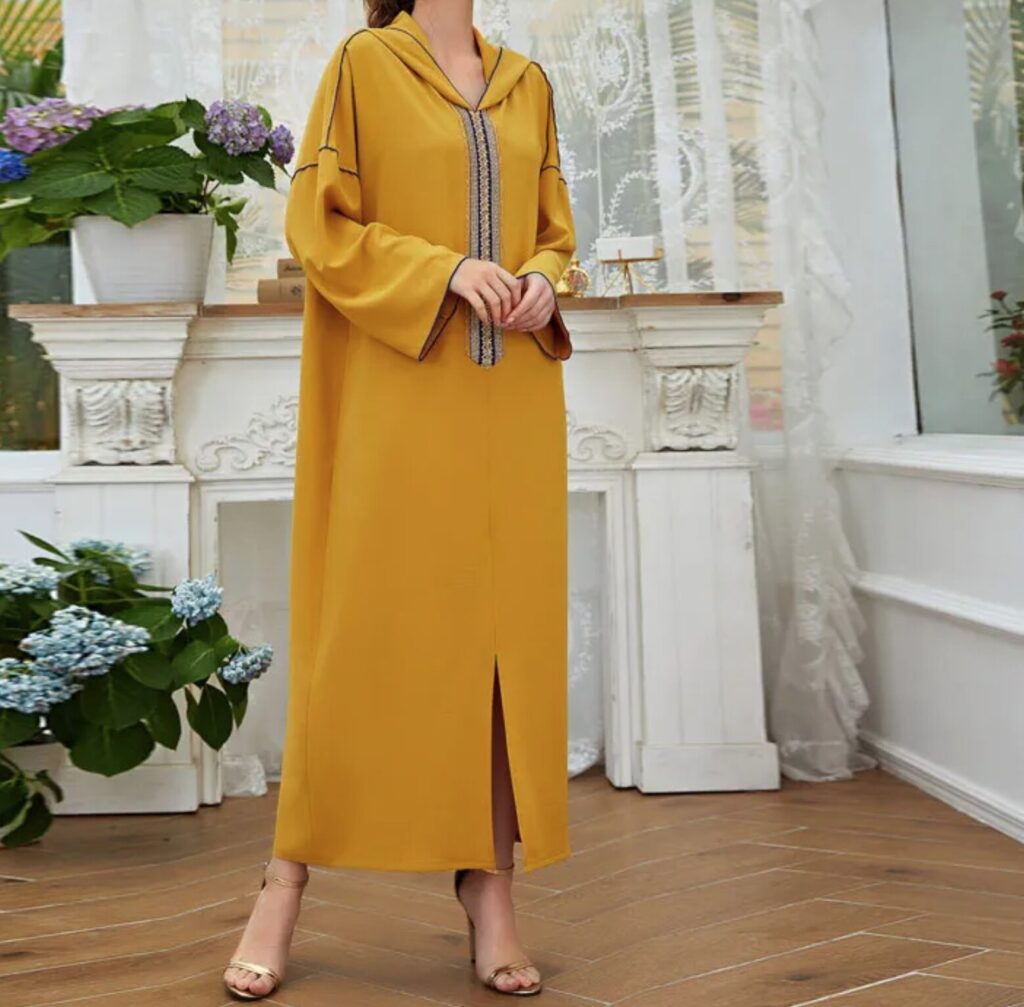
While Morocco is quite liberal compared to some neighboring countries, modest dress is appreciated, especially in rural areas and religious sites. For women, covering shoulders and knees is advisable; for men, avoiding shorts in formal settings is respectful.
Learn a Few Words in Arabic or Tamazight
A simple “Salam Alaikum” (peace be upon you) goes a long way. The Berber language, Tamazight, is also widely spoken in regions like the Atlas Mountains and the Sahara. Locals will warmly appreciate your effort.
Respect the Call to Prayer
Heard five times a day, the call to prayer is a beautiful reminder of Morocco’s spiritual fabric. While non-Muslims aren’t allowed in mosques (except for a few, like Hassan II Mosque in Casablanca), standing still for a moment of quiet respect is always a good gesture.
Traveler Tales: Living Traditions in Everyday Life
Many travelers come to Morocco expecting exotic charm—but leave moved by its human warmth and deep-rooted traditions.
Sara from Portugal shares:
“I visited Chefchaouen expecting blue walls and photo ops. But what struck me most was sharing tea with a Berber family in the Rif Mountains. They didn’t speak English, I didn’t speak Arabic, but their hospitality needed no translation.”
James from Canada reflects:
“In Fes, I visited a centuries-old tannery. What amazed me wasn’t just the method—unchanged for 1,000 years—but how young apprentices were learning it from their grandfathers. You don’t see that kind of continuity often.”
These experiences highlight the living nature of Moroccan traditions: between past and present—where heritage isn’t locked away in museums but practiced every day.
When to Visit: Seasonal Tips for Cultural Immersion
Morocco is a year-round destination, but some seasons offer unique opportunities to witness cultural traditions.
Spring (March to May)
Mild weather makes it ideal for exploring cities and mountains. The Festival of Roses in the Dades Valley is a fragrant, joyful celebration of local agriculture and folklore.
Summer (June to August)
Hot, especially in the south, but perfect for coastal cities like Essaouira. If you’re up for a cultural challenge, consider visiting during Eid al-Adha, when many families invite guests to share meals.
Fall (September to November)
An excellent time for desert excursions and exploring ancient cities. You’ll also find fewer tourists and a more relaxed vibe.
Winter (December to February)
Snow in the Atlas Mountains and cool weather in the cities. A great season for those wanting to experience Moroccan hospitality by cozy fires in riads or Berber tents.
FAQ: Moroccan Traditions and Travel
What are the most important Moroccan traditions?
Some of the most important traditions include the tea ceremony, Friday couscous family meals, henna celebrations before weddings, and artisan crafts like tile-making and leatherwork.
Is it okay to take photos of people in Morocco?
Always ask permission before photographing people, especially in rural areas or during religious events. Some Moroccans, particularly women and elders, may decline, and that’s perfectly okay.
What should I wear as a tourist in Morocco?
Light, breathable, and modest clothing is best. In urban areas, you’ll see a mix of styles, but covering your shoulders and knees is respectful and helps you blend in.
Can I experience real Moroccan culture without a tour guide?
Absolutely. Staying in riads, shopping in local markets, and dining in small family-run restaurants are all great ways to immerse yourself. However, a local guide can add valuable context and access to off-the-beaten-path spots.
Are Moroccan traditions changing with modern times?
Yes, but not disappearing. Young Moroccans are blending old and new—posting TikToks of couscous recipes while still honoring family customs. It’s a beautiful evolution of identity.
Conclusion: Experience the Magic of Moroccan Traditions
Morocco’s greatest treasure isn’t just its landscapes or architecture—it’s its people and their vibrant, evolving culture. In this land where camels pass beneath solar panels, and ancient medinas sit beside skyscrapers, Moroccan traditions: between past and present offer a rich tapestry of experiences waiting to be explored.
Ready to uncover the layers of Moroccan life for yourself? Plan your journey today and discover how the past and present coexist in every cup of mint tea, every winding souk, and every heartfelt “Bienvenue.”
– Explore more travel stories and tips at Skies of Morocco
– Looking to book a cultural tour? Check out our latest curated experiences.


